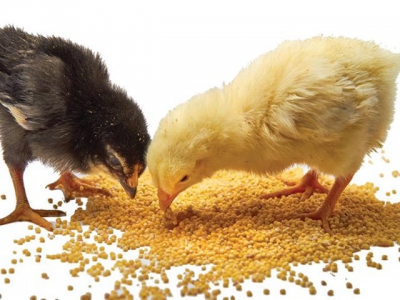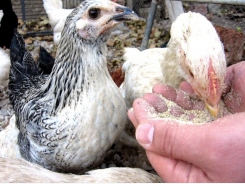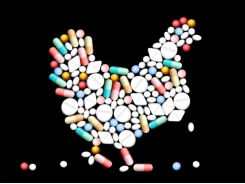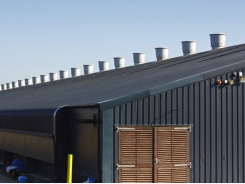Is inflammation control key to antibiotic-free poultry?

Managing inflammation will be increasingly important for successful antibiotic-free poultry production, but more work is needed to ensure interventions are correctly chosen.
Managing the gut inflammatory response in poultry has attracted a lot of attention from researchers and feed additive producers as a potential key to successful antibiotic-free poultry production.
Often, however, the discussion around inflammation can be confusing -- eliminate all inflammation, a little inflammation is good, all inflammation is necessary -- making it difficult to understand what a producer should be managing.
Adding to this difficulty is the practical observation that managing gut inflammation with various feed additives seems to be hit or miss; sometimes they work exceptionally well, and others not at all. We are left with an interesting situation, a large variety of feed additive tools and often not enough information to know when and how we should be using those same tools.
Balancing act
When the gastrointestinal tract of a chicken becomes out of balance, inflammation is an important tool in the immune system’s ability to correct the situation.
Maintenance of good gut health and function is a complex balancing act between the bird’s gut microbiome and the intestinal immune system that keep these bacteria in check. Essentially, the right balance between tolerance of the bacteria in the gut and remaining response to microbial threats needs to be struck. It is important to understand which of these four key inflammation types you are facing to decide if, and how, you should take action.
- Physiological inflammation is a natural setpoint where tolerance of gut microbes and defensive response to gut pathogens is balanced. Even though all the elements of an inflammatory response are present, including activation of receptors and sensors that drive inflammation and triggers of those sensors, such as metabolites and pieces of pathogens that drive a response, the system is in natural balance.
- Pathological inflammation is the result of an acute microbial infection or tissue injury that tips the balance from physiological inflammation into a true inflammatory response. It usually results in damage to tissues and increased use of metabolic energy.
- Metabolic Inflammation is a chronic and low-level inflammation generated by excessive nutrient intake and production of metabolites that activate some of the same receptors that pathogens can.
- Sterile inflammation is a chronic and low-level inflammation but without any infectious agents. It is typically in response to a chemical or physical trigger such as oxidative stress or non-starch polysaccharides present in the diet.
Managing these different types of inflammation will require different strategies.
Pathological inflammation is the costliest and is the one we are most familiar with managing. Metabolic inflammation and sterile inflammation are low-grade and chronic sources of inflammation but with very different drivers and, practically, these might be confused with the background physiological inflammation. It is perhaps these two sources of inflammation that give us the most confusion and concern as to if, and how, we should manage them.
Ultimately, understanding and managing inflammation will be an important part of antibiotic-free poultry production. However, there remain key gaps in our knowledge preventing us from making inflammation management practically actionable.
Further advances in tools to quickly and easily diagnose and differentiate inflammatory types is needed, and more research to link the types of inflammation we diagnose with the types of interventions we choose, whether they be probiotics, prebiotics, enzymes or others will be necessary.
Without an easy way to diagnose our actual field inflammation issues and matching that diagnosis with the tools we use, we will continue to see the same inconsistent and variable responses that we’ve always seen from these feed additives that claim inflammation control as one of their benefits.
Related news
Tools

Phối trộn thức ăn chăn nuôi

Pha dung dịch thủy canh

Định mức cho tôm ăn

Phối trộn phân bón NPK

Xác định tỷ lệ tôm sống

Chuyển đổi đơn vị phân bón

Xác định công suất sục khí

Chuyển đổi đơn vị tôm

Tính diện tích nhà kính

Tính thể tích ao




 Understanding salmonella entryways in poultry may improve interventions
Understanding salmonella entryways in poultry may improve interventions  Black UV light may improve poultry house air…
Black UV light may improve poultry house air…